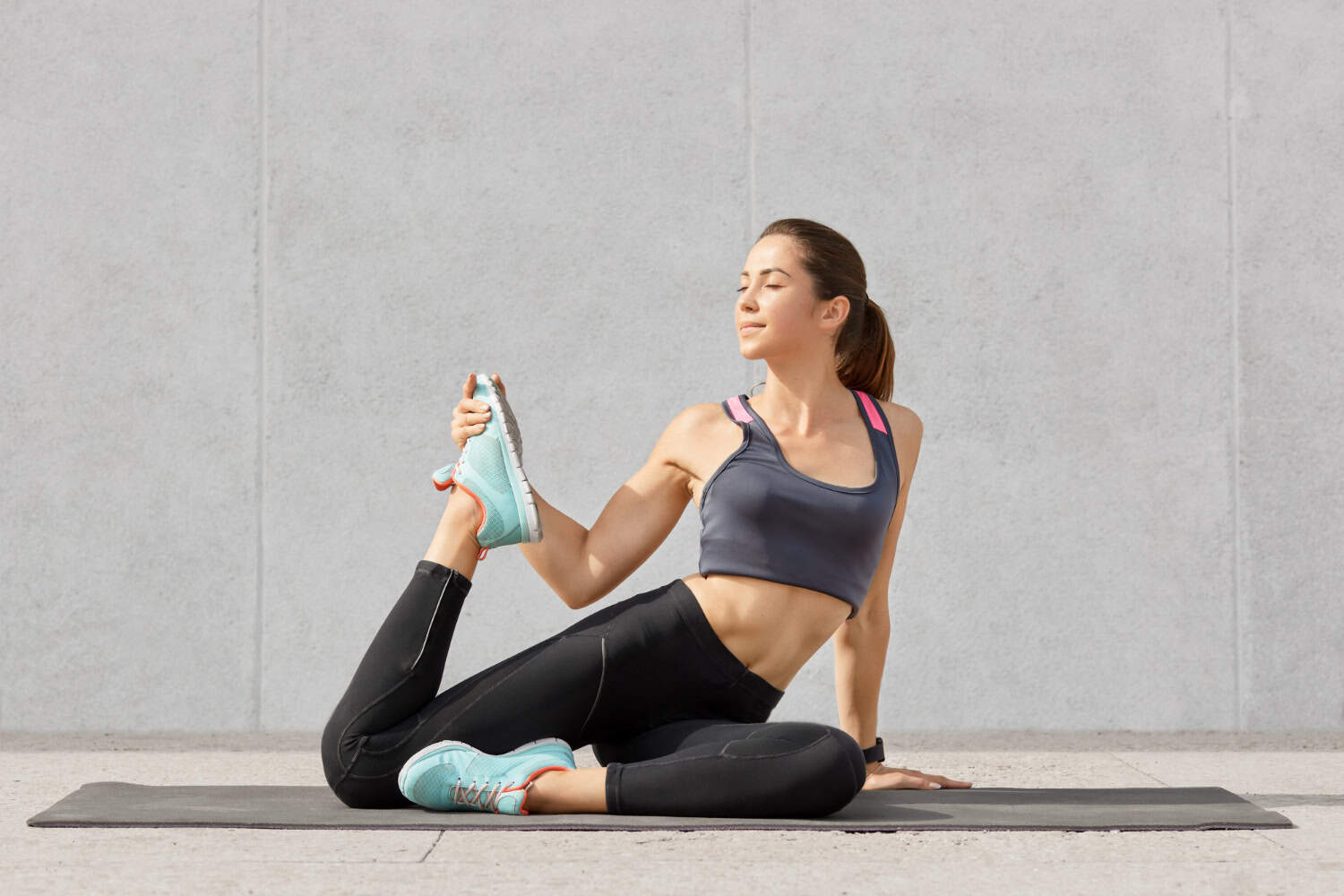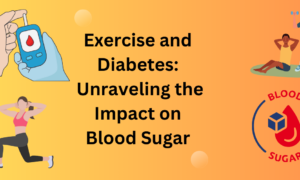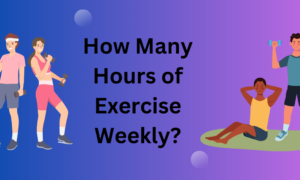Fitness routines are not one-size-fits-all, and neither are the people who commit to them. Every individual brings a unique personality to the gym, the trail, or the yoga mat. Some people thrive in high-energy group classes, while others find solitude and focus in solo workout. These preferences often align with personality traits, making it essential for fitness enthusiasts and trainers to understand how personality types influence workout choices.
As more people seek sustainable fitness habits, the relationship between personality and exercise style has gained attention. Recognizing whether someone is an extrovert who gains motivation from social interaction or an introvert who prefers quiet, introspective training can help tailor routines for long-term engagement.
Understanding Personality Fitness Types
Before we get into workout preferences, let’s define what we mean by personality fitness types. These types are based on widely accepted psychological frameworks like the Big Five or Myers-Briggs personality theories, and translate broad traits into fitness behaviors.
Introversion and Extroversion
One of the simplest influences on fitness preferences is the introversion-extroversion spectrum. Extroverts love external stimulation, are energized by people and are more likely to seek out community based activities. For them, group fitness classes like spin, Zumba or boot camps are the perfect mix of social and physical challenge.
Introverts on the other hand recharge by being alone and can feel overwhelmed in highly social environments. This preference often leads them towards solo activities like running, swimming or following a personal plan in the gym. Solo workouts give them more control over pace, setting and schedule.
Sensation Seeking vs Routine Seekers
Some people are drawn to novelty and variety and are always looking for new experiences. These sensation seekers may prefer high intensity group sessions that change format regularly or offer spontaneous challenges. Others are routine seekers and value predictability and may benefit from solo workouts where they can build consistency and confidence over time. Knowing whether someone thrives on excitement or consistency can help them develop a fitness habit they will actually stick to.
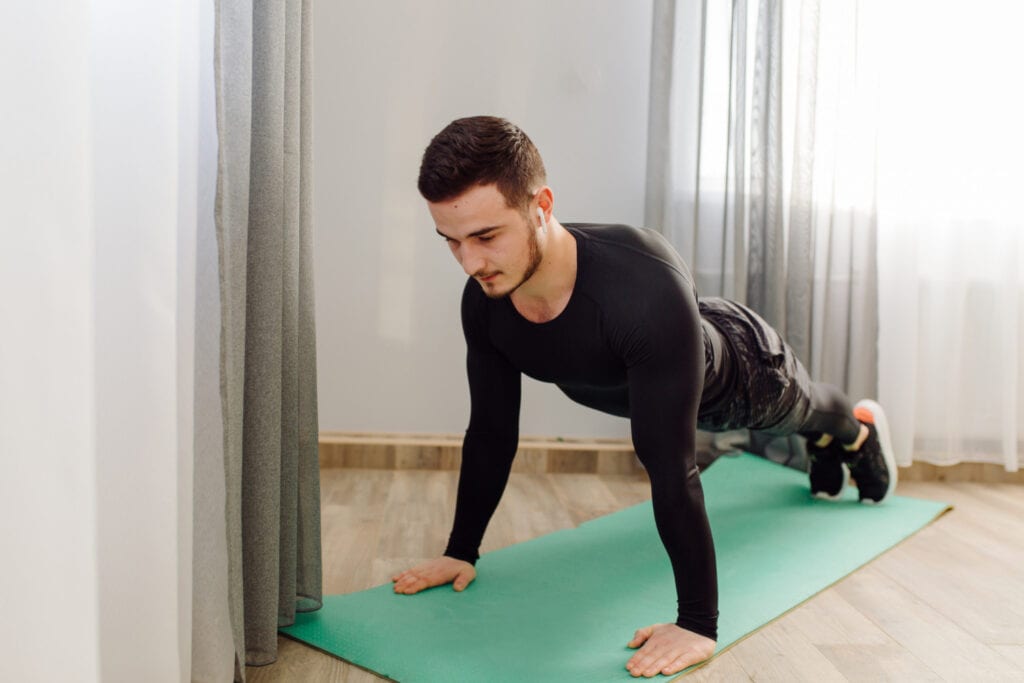
Group Workouts: The Extrovert’s Playground
Group workouts are designed to build energy, motivation and camaraderie. For extroverted individuals and social learners this environment can be very rewarding. Group dynamics provide encouragement, accountability and even friendly competition that boosts performance.
Why Extroverts Excel in Group Settings
Extroverts are stimulated by the presence of others. In a group fitness class they get to combine physical activity with social interaction which boosts their enjoyment and motivation. The energy of the crowd, the instructor and the synchronized movements can provide the kind of feedback extroverts crave. They may also benefit from the structure of a class format. Knowing a workout is scheduled at a specific time and place with a clear beginning and end can help them commit more easily.
Group Workouts and Personality Synergy
Even if you’re not an extrovert, group workouts can work for you if you match with your personality traits. If you score high on agreeableness you’ll enjoy being part of a team. If you’re high on conscientiousness you’ll like the structure and external accountability of a group setting. If you’re a sensation seeker, group workouts with dynamic instructors or rotating routines will prevent boredom. You get the excitement you crave and the social bonus.
Solo Workouts: A Haven for the Introspective
Solo workouts cater to individuals who value autonomy, quiet focus, and internal motivation. For introverts, and those with strong preferences for routine or deep personal goals, solo fitness routines can be not only effective but therapeutic.
Why Introverts Prefer Working Out Alone
Introverts often find large groups mentally exhausting, even if they enjoy occasional social activity. Solo workouts allow them to recharge while still engaging in physical activity. These individuals may prefer early morning runs, lifting weights with headphones, or yoga sessions at home. Personal control is another important factor. When working out alone, individuals can tailor the pace, intensity, and timing to their own needs. There is no pressure to keep up with others or adhere to a set group schedule.
Building Mind-Body Connection
For introspective personalities, solo workouts offer the opportunity to tune into one’s body and mind. Activities like tai chi, swimming, or long-distance cycling encourage mindfulness and reflection. These fitness preferences are less about social validation and more about internal satisfaction and growth. Additionally, solo workouts can be highly effective for individuals who enjoy setting their own goals and tracking progress independently. For those with high self-discipline, this approach can yield impressive long-term results.
Personality Nuances in Hybrid Approaches
While introversion and extroversion are useful frameworks, most people exhibit a blend of traits. That is why hybrid workout styles are growing in popularity. These methods combine the best of both group and solo dynamics to offer flexible fitness experiences.
Ambiverts and Flexible Fitness Preferences
Ambiverts, who exhibit both introverted and extroverted tendencies, might alternate between group and solo workouts based on mood, schedule, or goals. On a social day, they may thrive in a spin class. On a reflective day, they may prefer a solo jog. Trainers and fitness coaches who recognize these nuances can create adaptable routines that support personality diversity. A hybrid approach ensures that individuals do not feel boxed into one method of training and can evolve their preferences as they grow.
Digital Fitness and Personality Adaptation
The rise of digital platforms has made it easier to switch between group and solo styles. Live-streamed classes offer group energy from the comfort of home, while app-based tracking allows individuals to pursue personal goals quietly and independently. This flexibility is particularly useful for people who may feel social anxiety in public but still enjoy being part of a collective effort virtually.
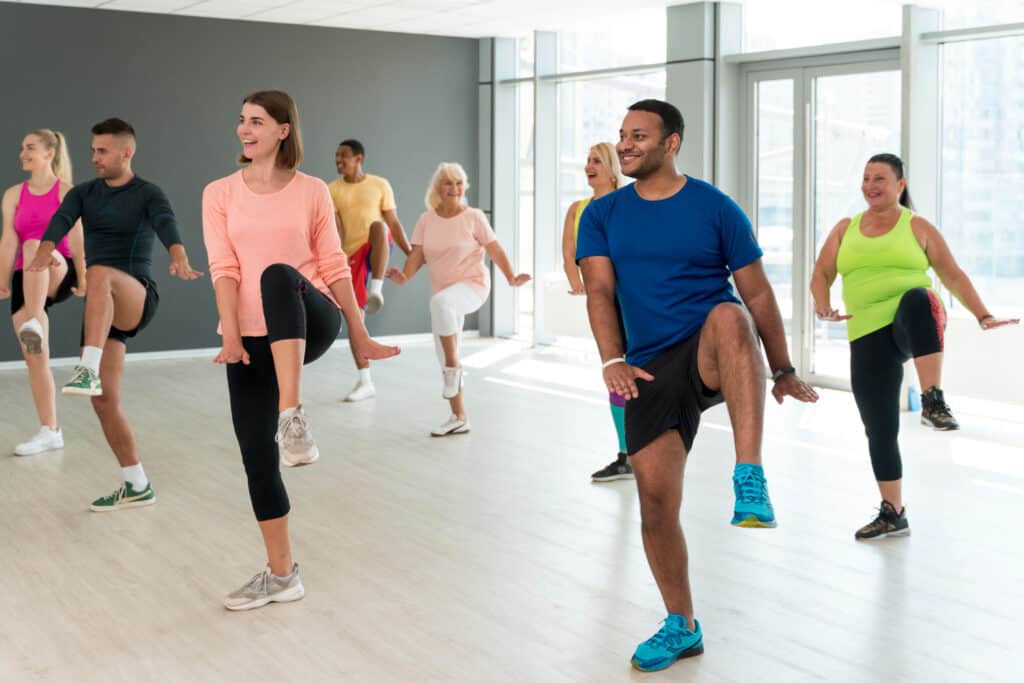
Fitness Preferences Across the Big Five Personality Traits
Beyond introversion and extroversion, the Big Five personality traits give us more insight into how people approach fitness. These are openness, conscientiousness, extraversion, agreeableness, and neuroticism.
Openness and Novelty
People who are high in openness love to try new things. From aerial yoga to dance cardio, they’re perfect for novelty driven group classes.
Conscientiousness and Structure
Highly conscientious people thrive on solo workouts with structure. Their natural discipline and goal orientation means they’re consistent in their efforts especially when they see progress.
Agreeableness and Collaboration
Agreeable people seek harmony and cooperation. Group workouts with a strong community element like partner yoga or team sports may suit them.
Neuroticism and Emotional Regulation
People high in neuroticism may benefit from workouts that help regulate mood and reduce anxiety. Solo gentle routines like stretching, walking or low intensity cycling can help with emotional balance.
Conclusion
Fitness routines are most effective and sustainable when aligned with personality types. Extroverts often enjoy group workouts, while introverts prefer solo activities. Understanding these preferences helps individuals, trainers, and brands create enjoyable, lasting habits. The best workout suits your personality, supporting both physical health and personal fulfillment.

